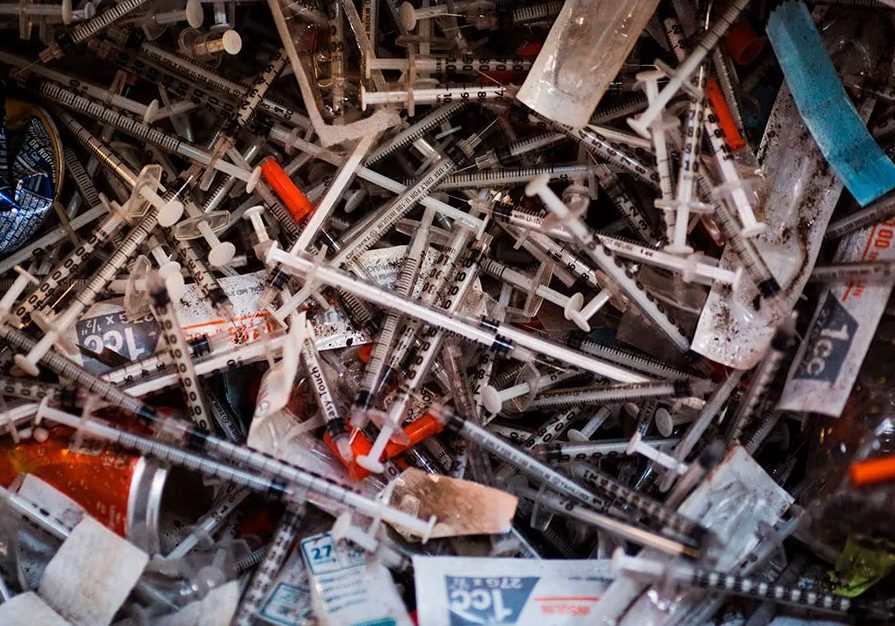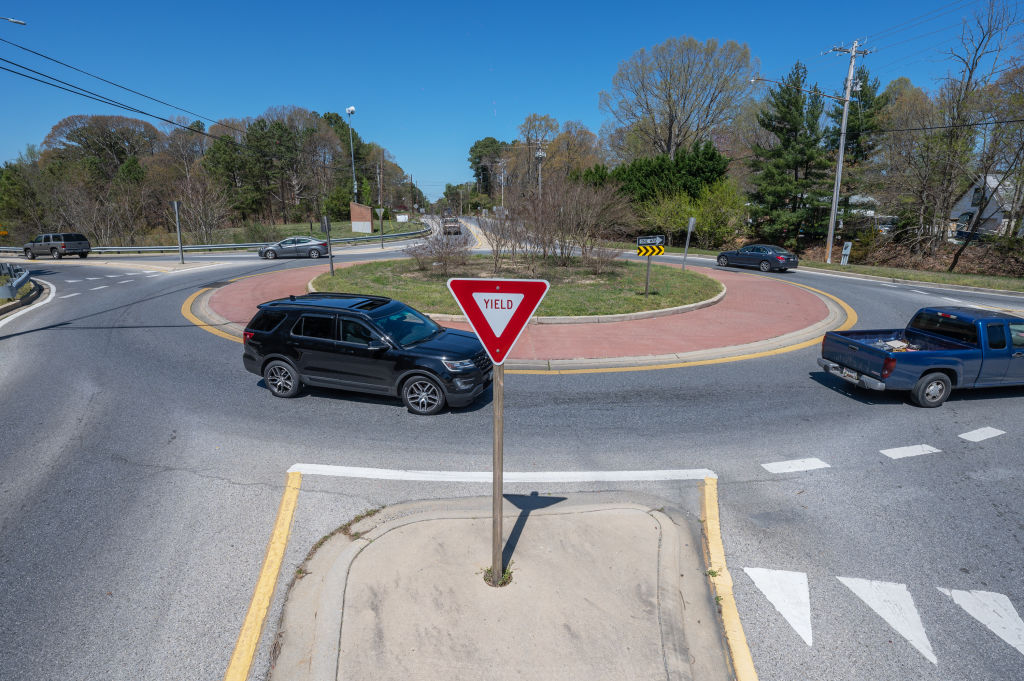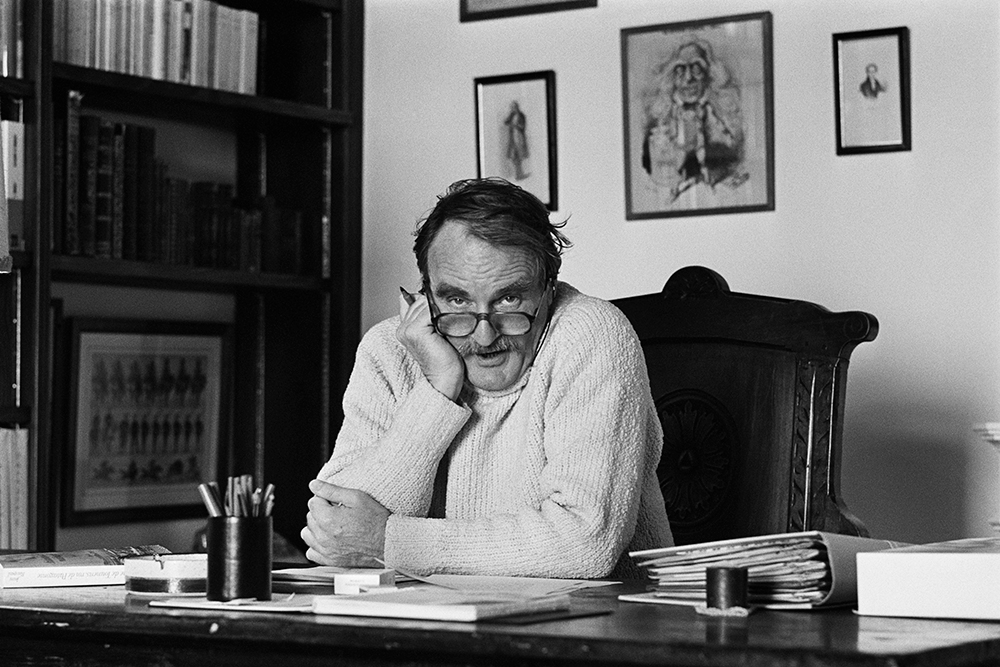“Never do drugs, you’ll be hooked instantly,” my mother used to say, and though I nodded, I never even considered paying attention. So I don’t expect my young cousins or my godchildren or my pill-popping friends to take a blind bit of notice when I tell them the same, but I mean it: don’t do drugs. It’s not worth it. Not anymore.
One of the reasons not to do drugs back in the day was: “You never know what you’re taking.” The trouble now is not so much that you don’t know, but that you do. The way things are going, pretty soon most street drugs will be made of the same synthetic Chinese-made poison and it’s lethal. Look online at the videos of zombie-addicts in San Francisco twitching and lolling in the streets and look at the stats. The figures for American overdoses last year are astonishing: 111,355 dead, up several thousand year on year; and a good three-quarters of these deaths are the result of fentanyl, America’s synthetic opioid of choice — cooked up in Chinese labs, delivered via Mexico’s cartels, 100 times stronger than heroin.
Fentanyl is so horribly potent that young children quite often die from just the fumes or the residue. What it does to poor unborn babies makes fetal alcohol syndrome look benign. And now it’s here, this toxic junk, in the the world’s drug supply, though we were told repeatedly that it could never happen. I mean: I was told and I chose to believe it.
Once you’re an opioid addict, you’ll do anything to ward off withdrawal. They just buy and die
I began to worry about a possible British opioid crisis in the spring of 2022, after binge-watching all available documentaries about the American one. I worried mostly because I couldn’t for the life of me work out why no one else was worried. Lab-made drugs are horribly cheap — there’s no growing or harvesting — and often several hundred times more powerful than plant-based drugs like heroin or cocaine. They’re easy to transport: just a few grains the size of sand are enough to nobble a normal man. And though it doesn’t usually make great business sense to kill off your customers, US users don’t seem to care. Once you’re an opioid addict, you’ll do anything to ward off withdrawal. They just buy and die. What makes us think Brits would be different?
So I set up an alert online for the words “fentanyl” and “synthetic opioid” in local UK news and began to ask around. To my relief, every expert I spoke to was relaxed: don’t worry, they said, the American crisis is a product of its crazy medical system and the way US doctors overprescribe, especially painkillers. Americans are set up to be addicts (this was said with just a little sneer). Most reassuring was the important-sounding talk of supply lines. The drug gangs in the UK and the US are very different, I was told. It’s easy for Mexican cartels to take shipments from the opioid labs in China, but our European drug lords, the Albanians, get their dope straight from Afghanistan. Their supply lines run though Turkey and have for decades. Gangsters won’t change a winning formula.
What seems weird to me now is that those same “supply line” experts must have known then that the Taliban had already begun its crackdown on poppy farming and must have suspected that as a result the European drug scene would change. Just two years later, the Taliban has successfully destroyed 95 percent of Afghanistan’s opium poppy crop. So what did we think our gangster friends would do? Why weren’t we at all prepared?
In late summer last year, the local news alerts I’d set up began to paint a picture of the Albanian gangs’ post-Afghanistan plan. In Hampshire, the Petersfield Post reported that synthetic drugs were on the rise: “Concerns raised about ketamine and fentanyl at a meeting of the County Council.” In Worcestershire, officers issued a warning after several people overdosed on isotonitazene. Isotonitazene is one of a family of opioids called nitazenes, and is the synthetic opioid now found most often in the UK. It’s about twenty times stronger than fentanyl, so I suppose we have outdone the Yanks in a way. In the Midlands: “Three Birmingham men have died after taking etonitazene.”
Towards the end of last year, I began to see what looked to me like opioid behavior on the streets of London, though it could be that I’m just paranoid. I saw a youngish woman crouched on the pavement, her forehead pressed to the concrete as if obeying the call to prayer. She stood sometimes, jerking oddly, then folded at the waist again and crouched back down, grinning all the while. On the Holloway Road at dusk, I watched a man I first thought was practicing semaphore, his arms flinging out to left and right. If I hadn’t spent so much time rubber-necking American opioid addicts on YouTube, this might not have scared me so much.
In the north-east over Christmas, Teesside News interviewed a local addict, Robert, fifty-three, who had just survived opioid poisoning. “They’re putting new drugs in the heroin, people aren’t aware of what they’re taking and the nitazenes are even worse than fentanyl. They’re killing people and it’s frightening. I nearly lost my life.”
The point I’d like to make to my young relations, to anyone still into coke or dope, is that this isn’t just a problem for smackheads like Teesside Robert. In the UK, opioids are suddenly turning up in almost everything. Nitazenes have been found in amphetamines and in painkillers, in benzodiazepines like Xanax and Valium which look just like the real prescription deal, in blister packs with authentic-looking pharmaceutical labels. Those same drugs a twenty-something hopes will relieve their Gen Z angst might well kill them. Get anxious about that.
This winter in Waltham Forest, the Met seized 150,000 nitazene tablets, the largest UK opioid haul to date. The drug death figures for 2022, released soon afterwards, were the highest since records began.
This article was originally published in The Spectator’s UK magazine. Subscribe to the World edition here.


























Leave a Reply